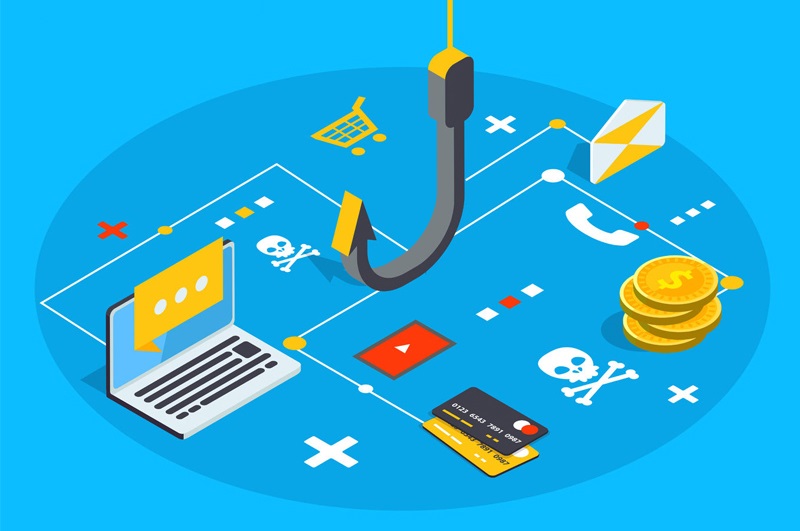What is phishing?
Phishing is also a branch of cyber-crime, where the cybercriminal pretends to be a real organization or person to trick you into giving away your account number, username, password or credit card details as well as other personal identification information (PII). Also check this Email Fraud Detection Software
Basic steps to prevent cyber phishing:
1. “Think before clicking”- educating users to recognize and report phishing, for example, suspicious email addresses, a generic greeting (Hello!), an unusual email in the company’s domain, unnatural language (spelling, grammatical or lexical errors), links outside of the organization, etc.
2. Segmenting network to prevent access from outsiders where highly private data is kept, thus making cyberattacks difficult to bypass the data.
3. Cybersecurity audit is a process that involves the assessment of the environment and the vulnerabilities involved, the threats that are on the rise, and also the defensive strategies to counter these.
4. Putting technology in place that will verify all incoming emails in real-time and restrict users from accessing websites linked to suspicious incoming emails, as well as scan all attachments for potential security risks and identify URLs that may be misleading before the users are exposed to them.
Advance prevention of phishing emails with superior protection:
What phishing emails and spear phishing?
The most common expression of cyber phishing is an email coming from a renowned or relied-on firm, social networking, financial institutions, and shipping companies frequently play this role. The link of the email directs the recipient to scan a website infected with a malware program or to log in to a bogus website, and to provide the user’s personal information such as passwords, social security numbers, credit card information, and other sensitive data.
spear-phishing, which is employed on a particular individual in the company and involves a large deal more social engineering, the sender aims to construct tempting messages to create a sense of intimacy with the recipient.
Though many companies have learned to block phishing emails through programs where employees are trained on how to identify suspicious emails, employees often still can’t do that after training on the most common phishing techniques. Consequently, to get rid of all phishing emails while taking into account the human factor, you need a tech that ensures zero probability of human error and automatically stops phishing attacks from reaching your users’ inboxes.
Employ a multi-tiered defense to block phishing scams; as sophisticated email phishing scams continue to evade most security systems, organizations are moving to adopt multi-tier security approaches to block phishing attacks.
How multi-layered technology works to stop phishing emails:
● The technology can scan all emails that come to the company in real time to stop phishing emails and other advanced threats. These tech, being cloud services, don’t require additional infrastructure or IT environment, All that is needed is the cloud platform activated through the vendor.
● With URL Protect this technology can phish protection against the malicious links in emails that are sent by scanning all inbound emails in real-time and blocking users’ access to the links to suspicious websites.
● Attachment Protect works standalone and before any email is received by employees, sandboxes those that contain malicious attachments, and scans them for security threats.
● Impersonation Protect scans all the inbound emails in real time to stop phishing emails which are however anticipated to be sent by fake identities or recognized business contacts.

